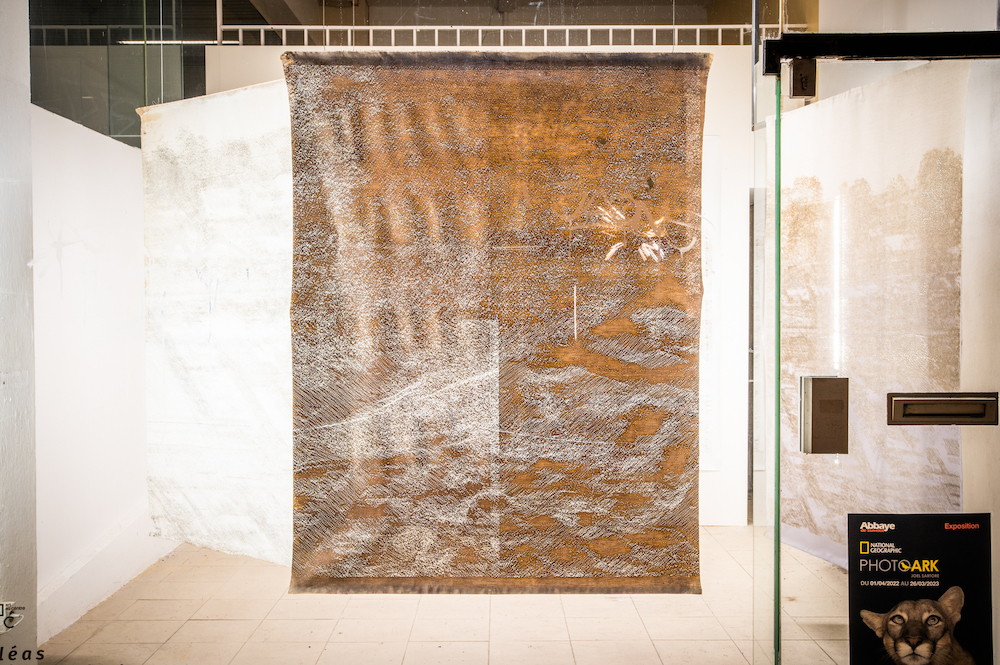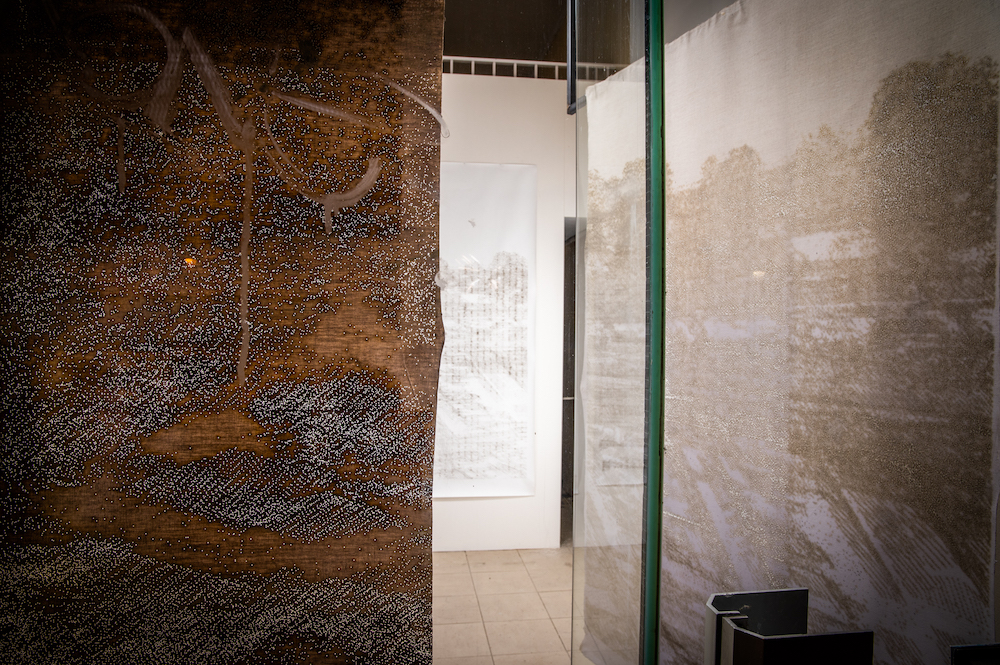-
The price is worth it
Acher
Boulevard d'Avroy 28-30
-
TO DO
Hilal Aydoğdu
100 Rue Saint-Gilles
-
V – 150360/1 p. 204, 265, 266
Dóra Benyó
1 Féronstrée
-
Fausse bonne nouvelle
Juan d’Oultremont
31b Rue de la Cathédrale
-
Et fouisse toujours on trouvera bien
Gaspard Husson
18 Rue de l'Etuve
-
La constellation du navire Argo
Sarah Illouz & Marius Escande
Hôtel de la Cour de Londres 40 Rue Hors-Château
-
One Line (… Better Than On – line!)
Marin Kasimir
31a Rue de la Cathédrale
-
Cityscape
Sarah Lauwers
29 Rue de l'Université
-
Traversées
Alexiane Le Roy
3 Rue de la Cathédrale
-
Mécanique d’un mur
Raphaël Maman
9 Passage Lemonnier
-
Vapeurs
Eva Mancuso
5 Rue Chéravoie
-
Don’t cry over spilllllled tears anymore
Francisca Markus
7 Rue Saint-Remy
-
Actions !
Maxence Mathieu
56 Rue Saint-Gilles
-
On ne peut rien faire d’autre que tenir debout
Élodie Merland
113 Rue de la Cathédrale
-
Travel Local, Buy Local
Oya
107 Féronstrée
-
Le vestiaire
Camille Peyré
85 Rue de la Cathédrale
-
22 empans et 1 palme
Leïla Pile
75 Rue Hors-Château
-
Chronique florale
Ionut Popa
101 Féronstrée
-
The Sunken Place
Louise Rauschenbach
4 Rue de la Cathédrale
-
Le temps d’une trace / La trace du temps
Florian Schaff Marvyn Brusson
1 Rue Courtois
-
Open closet archive 1995/2021/2023/2024
Bo Stokkermans
Passage Lemonnier, 37-39
-
Mutations x Urbaines
Adrien Mans Benjamin Ooms
17 Rue des Croisiers
-
Je m’organise…
Leen Vandierendonck
159 Féronstrée
-
Wer rettet die Welt
Paul Waak
16 Rue du Palais
-
Regarde… ce qu’il se passe à côté
Sculpture/Peinture B3 ESA Liège Melissa Andreia Alves ...
137-139 Féronstrée
-
Pauvre petit belge qui tremble
Paolo Gasparotto
25 Rue Saint Paul
Warning: Undefined array key "current_expo" in /var/www/clients/client3/web4/web/wp-content/themes/artaucentre/loop/vitrine.php on line 25

a l é a s
#9
Jérôme Bouchard
Open call
20031A Rue de la Cathédrale
Installation a l é a s is closely connected to the territory of Liège, its transformations as well as its most recent history: the devastating and overwhelming floods of summer 2021.
Since 2018[1], Jérôme Bouchard has been observing the post-industrial landscapes of the banks of the Meuse and developing a plastic translation of scientific samples of the Walloon territory (soil, vegetation and building). He collects so-called ‘objective’ data, new modes of representation of reality to translate them into ‘new’ landscapes.
The artist conceives a singular method: from LiDAR[2] geo-data, he uses digital laser cutting[3] to create micro-perforations that alter the linen canvas. The creative hand gives way to the industrial or scientific tool, questioning the limits of the machine, symbol of progress, as much as the negotiation between humans and nature. By diverting their use, he highlights what escapes the tool and challenges its technical capacities to the point of mistake. The artwork integrates both the residues due to the alteration of the material and a part of chance linked to the context of creation.
What a surprise when the studied territory overflows to the point of devastating the artist’s studio, depositing on the artworks a trace of water and mud that it will keep intact. An unprecedented reversal where the landscape crosses the canvas without destroying it. The installation a l é a s unfolds in time and space, made up of evolving strata like the perpetual movement that alters and metamorphoses our landscapes.
Warm thanks to Relab of Liège, to Mr. Pierre Hallot (professor at ULiège) and to the Mano workshop.
[1] Originally from Quebec, Jérôme Bouchard participated in the RAVI residency in 2018, following which he decided to move his studio to Liège.
[2] Light Detection and Ranging. Modern mapping instrument using laser remote sensing to translate the environment into a cloud of points.
[3] Carried out in collaboration with Relab Liège.

